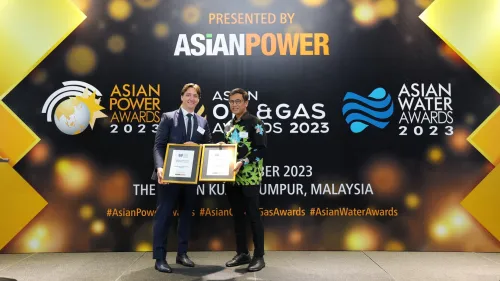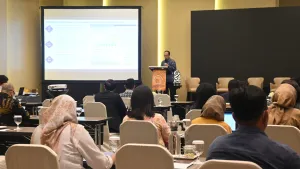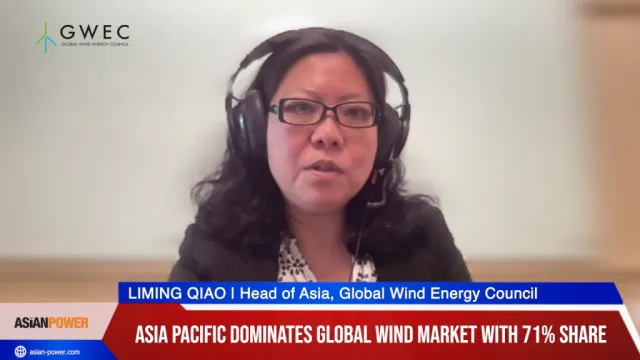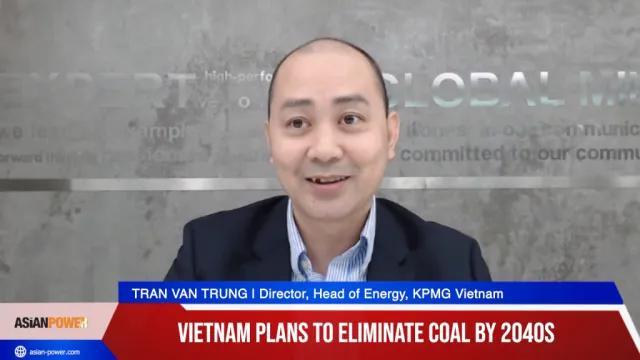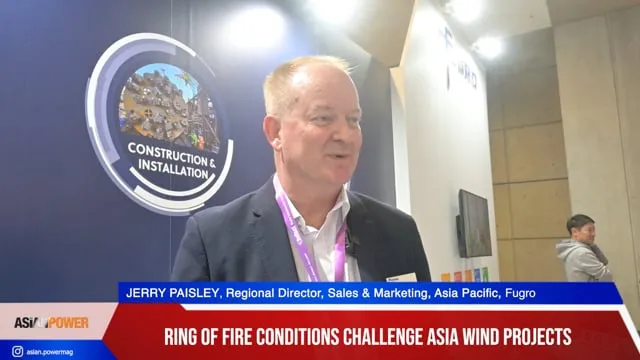
Focus moves to China's offshore wind opportunities as onshore profit margins shrink
By Zhuo ZhangSuffering from shrinking profit margins from onshore wind farm projects since the beginning of 2011, China's wind turbine manufacturers are now looking for growth opportunities in offshore projects.
Lux Research recently met with the Energy Research Institute of National Development and Reform Commission (NDRC), during which discussions developed around the "China wind energy plan 2050" as well as current and future dynamics and policy in China's wind industry.
During the first three quarters of 2011, it was estimated that the profit margins of two leading Chinese wind turbine manufacturers, namely Huarui and Golden Wind, had decreased by 49.1% and 60%, respectively, compared with the same period last year.
Wind turbine prices have decreased significantly, from around RMB 6,000 per KW in 2007 to around RMB 4,000 per KW at present. The price drop was mainly driven by the large increase in wind turbine supply and increased costs of materials, such as the costs of rare earth permanent magnet material. To avoid the fierce competition in the onshore business, Huarui has successfully developed 6MW high-power offshore wind turbines. Other leading wind turbine suppliers, such as Golden Wind, Shanghai Electric, Taisheng Wind, and Mingdong Power have followed the same strategy by releasing offshore wind development plans.
However, in terms of both the government policy and the technology aspects, the development of Chinese offshore wind farms remains unclear at this stage. At the government level, the Chinese Bureau of Energy recently indicated that by 2015, the expected total grid wind power fleet will be 100 million kW, but only 5% will come from offshore wind power.
Problems remain with how to get the offshore wind power on grid. China's ocean areas do not belong to any specific provinces, increasing the complexity for developing projects with provincial grid companies. In terms of technology, offshore wind farms require more complicated construction, have higher costs per maintenance event, and require a higher level of anticorrosive technology. The desired power output of each offshore turbine is also much bigger than an onshore turbine, to minimize turbine number and reduce construction cost.
The development of offshore wind energy is inevitable in China, because the offshore wind farms are closer to the eastern coast, the area consuming a high percentage of electricity in China. However, the prospects of offshore wind in China remain unclear with the foreseeable opportunities restricted to small-scale government pilot projects in the next few years.
While clients should be careful participating in this industry, they are suggested to monitor the coming pilot projects offered by the Chinese government, and seeking opportunities, for example, to supply the above mentioned technologies to the Chinese wind turbine manufacturers.

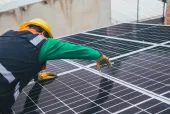

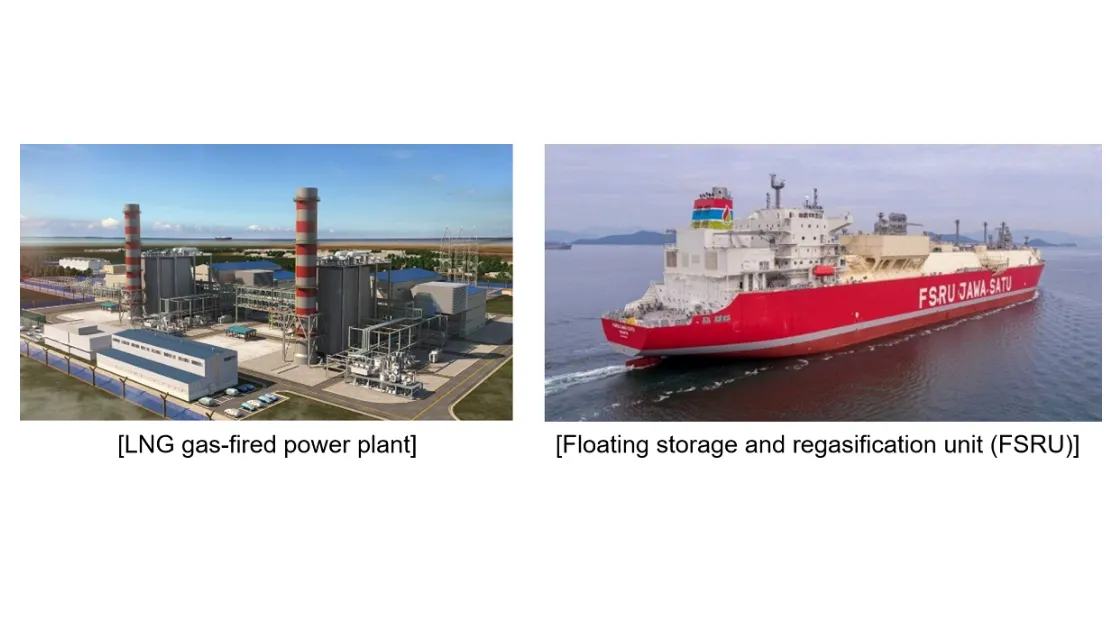
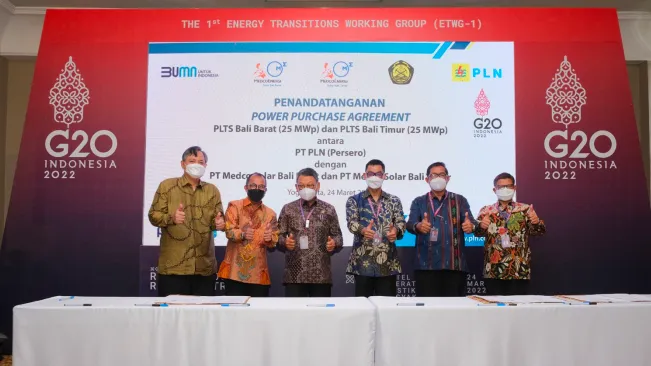





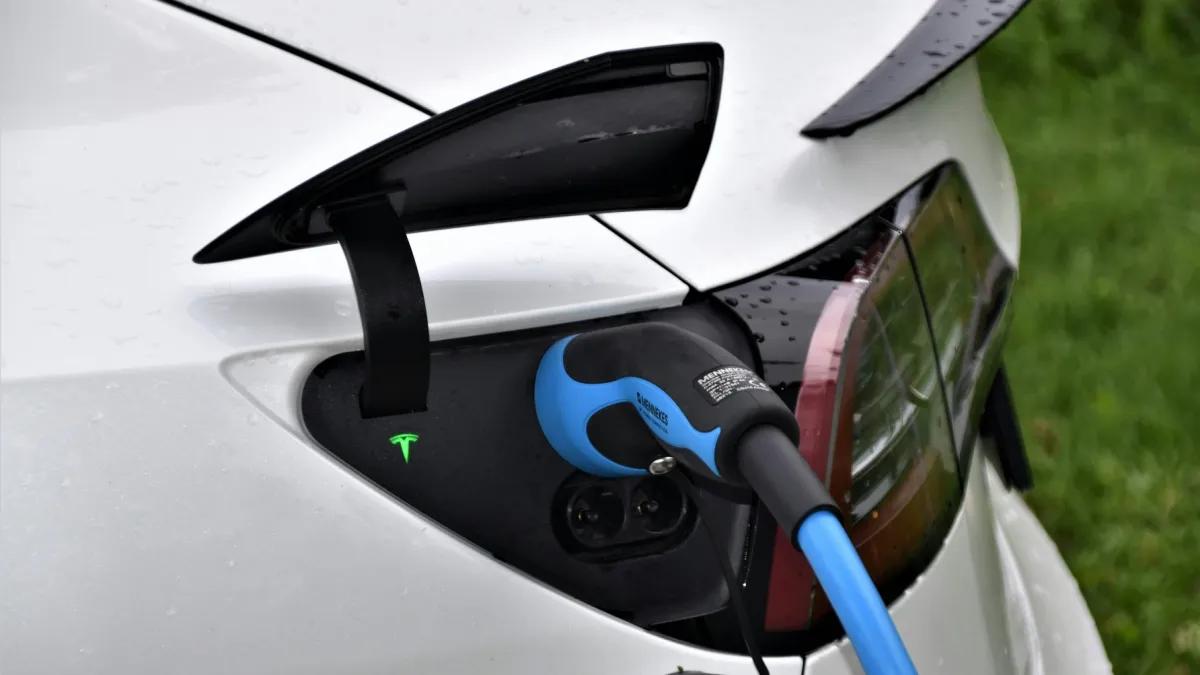



 Advertise
Advertise
